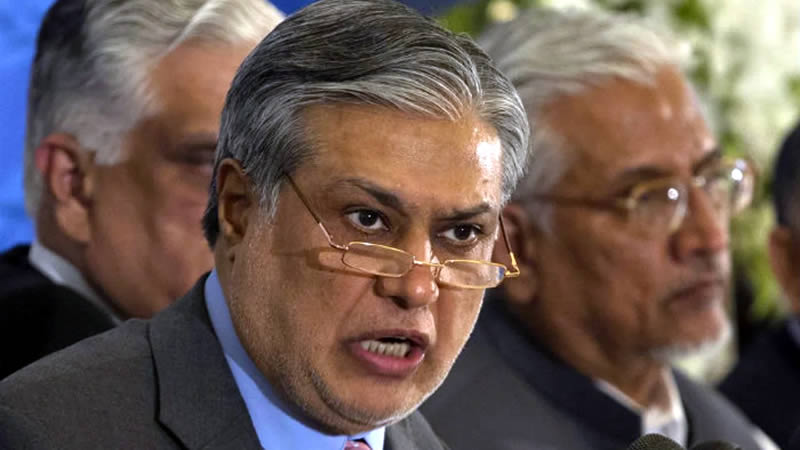 An analysis of deaths in English hospitals has found 19 NHS trusts have higher rates than would be expected.But monitoring body Dr Foster’s report on 147 trusts shows an improvement on 2009, when the figure was 27.The survey also shows that four trusts had a higher than expected number of patients who died after surgery.The NHS Confederation said the report showed where the NHS “could do better”. The government says unsafe care will not be tolerated.However, Patients Association chief executive Katherine Murphy said safety was still “clearly not the top priority” of every NHS organisation.”We cannot continue with a situation where patients are stuck with poor healthcare because of where they live,” she said.Dr Foster’s survey looks at overall death rates and deaths after surgery as well as a range of other indicators to try to build a picture of patient care.
An analysis of deaths in English hospitals has found 19 NHS trusts have higher rates than would be expected.But monitoring body Dr Foster’s report on 147 trusts shows an improvement on 2009, when the figure was 27.The survey also shows that four trusts had a higher than expected number of patients who died after surgery.The NHS Confederation said the report showed where the NHS “could do better”. The government says unsafe care will not be tolerated.However, Patients Association chief executive Katherine Murphy said safety was still “clearly not the top priority” of every NHS organisation.”We cannot continue with a situation where patients are stuck with poor healthcare because of where they live,” she said.Dr Foster’s survey looks at overall death rates and deaths after surgery as well as a range of other indicators to try to build a picture of patient care.
Two trusts – Hull and East Yorkshire Hospitals and University Hospitals Birmingham – had higher than expected overall death rates and rates of deaths after surgery.A spokesman for Hull and East Yorkshire NHS Trust said its figures reflected that it looks after a population with the highest rates of smoking in the country, along with alcohol problems, obesity and heart disease, and that many of the patents who walk through its doors are already very ill.Meanwhile, Dr Dave Rosser, executive medical director at University Hospitals Birmingham NHS Foundation Trust, said the report’s methodology was flawed. Figures may have been skewed by high numbers of patients with liver disease and could cause unnecessary distress among patients, he added.The report acknowledges that figures cannot be taken in isolation but should act more like an alarm to point up possible areas of concern.
Roger Taylor, director of research at Dr Foster, said there seemed to have been an overall improvement since last year.”Safety standards are improving, mortality rates are falling, the variation between the best and the worst is getting less.”However, we do still have a long way to go in terms of involving patients in decisions about their care, enabling them to understand what their options are and ensuring they can always reliably and safely get the best quality care.”Richard Hamblin of the NHS safety regulator the Care Quality Commission says Dr Foster’s figures were a useful tool if used properly.”If a mortality rate is higher than we would expect, or higher than it is elsewhere, we need to start asking why is this?”Are the patients sicker? Is it that the care is worse? Is it something to do with how the details of the patients are being recorded?”Of greater concern perhaps are more than 62,000 accidents, mistakes or avoidable complications recorded across all 147 hospital trusts, says BBC health correspondent Dominic Hughes.
The report says many incidents go unrecorded – so the true number may be much higher, he adds.Nigel Edwards, acting chief executive of the NHS Confederation, which represents the majority of NHS organisations, said: “There are still parts of our health system where particular services are having problems, and for the hospitals concerned this report presents an opportunity to learn and improve.”There will always be variations in any nationwide system but the golden principle must be that our NHS is safe for the patients who rely on it – this report shows where we can do better.”Health Secretary Andrew Lansley welcomed the report, saying such information was vital to allow patients to make informed choices about care.But he said: “Unsafe care will not be tolerated. Patients have a right to expect the very best care from the NHS and when something goes wrong, hospitals have a duty to report it and make sure that others can learn from their mistake.”
He said the government was taking measures to make the NHS more accountable.”In future, clinicians will not only be responsible for designing and paying for local health services, they will also be held to account for the quality of care for their patients,” he added.
Hospitals with higher-than-expected death rates were:
* Barking, Havering and Redbridge University Hospitals NHS Trust
* Buckinghamshire Hospitals NHS Trust
* City Hospitals Sunderland NHS Foundation Trust
* Derby Hospitals NHS Foundation Trust
* East Sussex Hospitals NHS Trust
* George Eliot Hospital NHS Trust
* Hull and East Yorkshire Hospitals NHS Trust
* Isle Of Wight NHS PCT
* Mid Cheshire Hospitals NHS Foundation Trust
* Northampton General Hospital NHS Trust
* Pennine Acute Hospitals NHS Trust
* Royal Bolton Hospital NHS Foundation Trust
* Shrewsbury and Telford Hospital NHS Trust
* South London Healthcare NHS Trust
* Southport and Ormskirk Hospital NHS Trust
* The Dudley Group Of Hospitals NHS Foundation Trust
* The Royal Wolverhampton Hospitals NHS Trust
* University Hospital Birmingham NHS Foundation Trust
* Western Sussex Hospitals NHS Trust
Hospitals with higher-than-expected death rates after surgery were:
* Hull and East Yorkshire Hospitals NHS Trust
* The Newcastle upon Tyne Hospitals NHS Foundation Trust
* University Hospitals Birmingham NHS Foundation Trust
* University Hospital of North Staffordshire NHS Trust – Bbc










